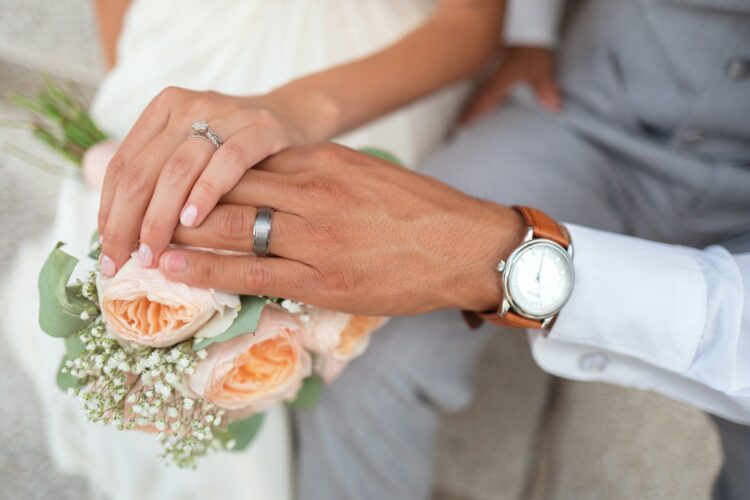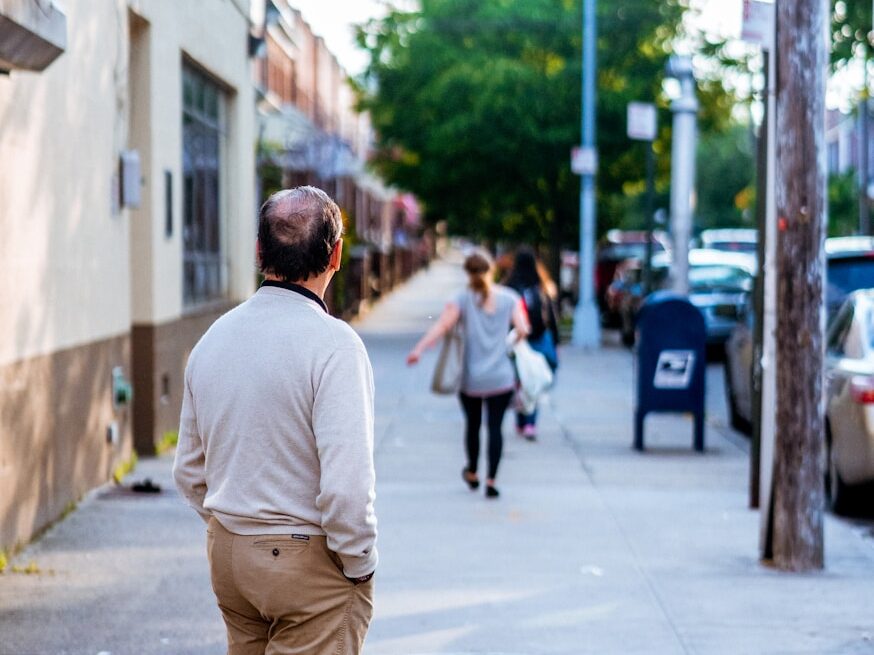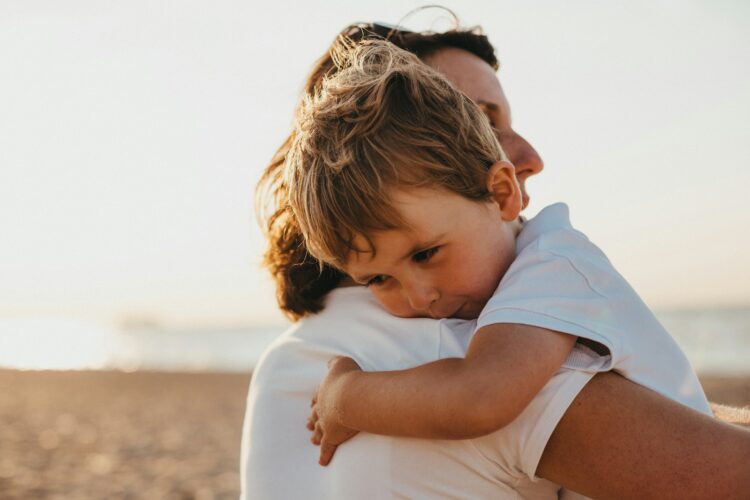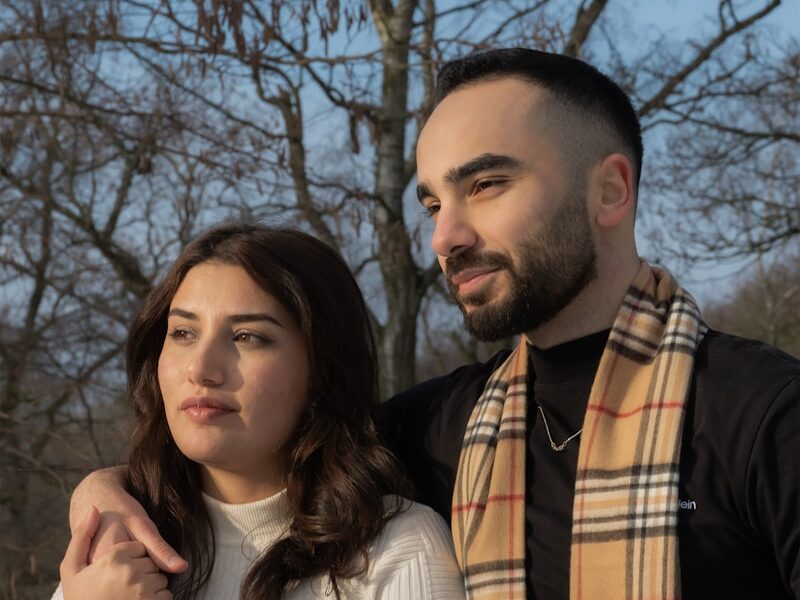
Marriage has always been seen as a cornerstone of society, but over the years, it has changed dramatically. What once was a practical arrangement or a lifelong commitment has transformed into something far more complex. Expectations, values, and lifestyles have shifted, making marriage today look very different from the marriages of past generations. Here are 15 reasons why.
Less Social Pressure

In the past, marriage was seen as the natural next step in adulthood. People were expected to marry young, and those who didn’t often faced judgment. Today, there is far less social pressure to marry. Many choose to stay single, live together without marriage, or prioritize careers. This freedom has reshaped marriage into a choice rather than an obligation.
Higher Expectations of Love

Marriage used to be about duty, family, and survival. Love was important, but it was not always the main factor. Now, people expect passion, deep emotional connection, and constant fulfillment from their partner. While this raises the potential for meaningful relationships, it also places huge pressure on marriages to deliver happiness in ways they never had to before.
Changing Gender Roles

Traditional roles once defined marriage, with men as providers and women as homemakers. Today, those roles have shifted. Women are pursuing careers, men are taking on more household responsibilities, and equality is the new expectation. While this shift has brought freedom, it has also created tension, as many couples struggle to redefine balance in modern relationships.
Economic Independence

In the past, many women married for financial security. Today, women can build their own careers, homes, and financial stability. This independence means people are less likely to stay in unhappy marriages out of necessity. While liberating, it also means marriage is no longer about survival but about mutual choice, making it easier to leave when things don’t work.
Longer Life Expectancy

When people married decades ago, life expectancy was shorter. Marriages lasted, but often not for as many decades as they do today. With people living much longer now, marriages stretch across 40, 50, or even 60 years. Staying together that long requires evolving through many life stages, something past generations rarely had to navigate.
Divorce Is No Longer Taboo

Divorce used to be seen as scandalous, something to be avoided at all costs. Now, it is widely accepted and far more common. People who are unhappy feel freer to leave and start over, rather than staying in a broken marriage for appearances’ sake. This shift has completely redefined the permanence of marriage.
The Rise of Individualism

Past generations often prioritized family and community over personal desires. Today, individual fulfillment and self-growth are highly valued. People are more likely to leave a marriage that doesn’t align with their personal happiness. This cultural shift has made marriage less about sacrifice and more about partnership, but it has also made it more fragile.
The Influence of Technology

Technology has changed relationships in ways no one could have predicted. Social media, dating apps, and instant messaging have created both opportunities and challenges for marriage. While couples can stay more connected, they also face new temptations, distractions, and comparisons that did not exist before. Marriage now has to withstand an entirely new digital landscape.
Shifting Views on Parenthood

In the past, marriage and children went hand in hand. Today, many couples choose not to have children, or they delay starting a family for years. This shift has loosened the link between marriage and parenthood, redefining marriage as more about companionship than fulfilling a family duty.
Higher Standards for Partners

Decades ago, people often married someone from their community or social circle. The pool of options was smaller, and expectations were simpler. Now, people want a partner who is not only loving but also ambitious, supportive, emotionally intelligent, and compatible in countless ways. These higher standards raise the bar, but they also make finding and keeping a marriage harder.
Decline of Religion’s Role

Religion once held a strong influence over marriage, encouraging people to marry and stay together no matter what. Today, fewer people see marriage as a religious obligation. With declining religious influence, marriage is no longer as sacred in the traditional sense, which gives people more freedom but also less structure to guide them through challenges.
More Focus on Equality

In past generations, marriage was rarely seen as a true partnership. One person, usually the husband, held authority. Today, people expect fairness, equal say, and shared responsibility. This shift has created healthier dynamics for many couples, but it has also led to conflicts when equality is not achieved or when old expectations clash with new realities.
Cultural Diversity in Relationships

Globalization and cultural mixing have changed how people approach marriage. Cross-cultural marriages are far more common, bringing in new traditions and ideas. While this enriches relationships, it can also create challenges as couples navigate differences in expectations, family values, and traditions. Marriage today is more diverse, but also more complex, than it used to be.
Redefinition of Commitment

Marriage was once seen as a permanent and unchanging commitment. Today, people see commitment differently. For some, it means marriage; for others, it means long-term partnership without a legal bond. This redefinition has shifted how society views marriage, making it just one of many valid forms of love and connection.
Marriage Is No Longer the “End Goal”

For past generations, marriage was the ultimate milestone of adulthood. Today, it is just one option among many. Some people prefer singlehood, some prioritize careers, and others choose alternative lifestyles. Marriage is no longer the default path but a personal decision, which has stripped it of the universal meaning it once carried.

